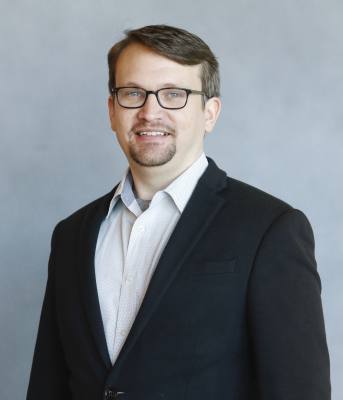A public school graduate and a former counselor in Katy ISD, she said she first looked to the schools and magnet programs in Houston ISD near her home in Bellaire.
“We are very fortunate. We are zoned to very academically superior schools, and my son was accepted into multiple great schools,” she said. “We had an abundance of choices.”
But Shelton said she also felt compelled to look at private school, an option that appears to be growing in the Houston area, where several institutions are investing in new growth initiatives and multimillion-dollar, privately funded expansions.
Houston is bucking national trends, with private school enrollment growing in 2018 by 10% year over year, compared to a statewide increase of about 3.5% and U.S. enrollment falling slightly during the same period, according to the National Center for Educational Statistics and the Texas Private School Accreditation Commission.
“Houston is out of the norm,” said Laura Colangelo, the executive director for the commission, which provides oversight to 17 accrediting bodies and lobbies for private schools in the state Legislature. “It’s a function of the city’s overall growth ... but it also has a rich tradition of strong private schools.”
Big investments
Private schools in the area are undergoing or have recently completed major construction projects, driven by strategic plans and capital campaigns.One of the biggest fundraising efforts in the country is coming to fruition at the River Oaks Baptist School, where a $65 million transformation is underway, adding a middle school building with a theater, a robotics lab, music rooms, visual arts studios, science labs and outdoor learning space. The building is on track to open in fall 2020, officials said.
“The new building will be a mecca of active learning space,” Head of School Leanne Reynolds said.
The emphasis on redesigning spaces for new educational programming is also underway at The Presbyterian School, located in the Museum District.
Officials there raised $20 million, more than three times a previous effort, Headmaster Mark Carleton said, to build a new lower-school building and renovate its middle school, both focusing on collaborative learning spaces.
“We’ve rebuilt the whole school, but we have even bigger plans. ... This is the beginning of an exciting time for us,” Carleton said, as school leaders are developing a new strategic plan. The improvements will also allow the campus to grow its enrollment by about 20%, he said.
Competitive trends
While area schools are capitalizing on a wave of growth that is expected to continue, private schools at large are experiencing a slowdown in enrollment. From 2000-16, enrollment grew for public schools and charter schools nationwide, but private school enrollment fell by about 4%, the NCES reported.The drop is driven largely by declines in Catholic schools, which account for 1 in 3 private school students in the U.S., according to the NCES. Their enrollment has dropped 20% since 2008, according to figures published by the National Catholic Educational Association.
That trend does not appear to be prevalent in Houston, with leaders at St. Anne’s, St. Thomas and others planning for growth.
All private schools compete for enrollment by positioning themselves as an alternative offering features that align with parents’ needs, Colangelo said.
“Our schools offer things that families want—safety, smaller classes, mission driven or faith based—while public school has to be all things to all people, which they should be,” Colangelo said.
Being small has its advantages, Carleton said.
“We are able to be more nimble than big schools and school systems. It’s hard for bigger schools to scrutinize how they teach and how kids learn, and then implement changes to that,” he said. “There’s no substitute for independence and autonomy to do that.”
Making the leap
Cost can be a barrier to some of these schools, with the average tuition in Texas around $7,900 and some Houston schools charging as much as $30,000 or $40,000 a year. But nearly every school offers financial aid, Colangelo said.“It is challenging because whatever you are offering, you are competing with free, which is always a hurdle,” she said.
Students at or near poverty levels make up about 20% of private school enrollment compared to 40% for public schools, according to NCES data. There is also a gap in racial demographics: White students account for almost 70% of private school enrollment compared to 50% for public schools.
Tapping into diverse communities has become a strategic investment for St. John’s School, which hired its first chief diversity officer three years ago.
“This was a board directive. It puts St. John’s up there with what the top innovators are doing in the country. It’s about delivering a 21st century education,” said Gene Batiste, St. John’s director of community and inclusion.
The commitment includes incorporating cultural proficiency and empathy skills in the curriculum, recruiting and retaining teachers and leaders of color, and improving the school’s community engagement, he said.
For Shelton, St. John’s commitment to supporting and challenging her child socially as well as academically won her over, she said.
“It’s not just about academics. It’s how will they learn to succeed as well as fail? How will they navigate tough choices and experiences and grow?” she said.





